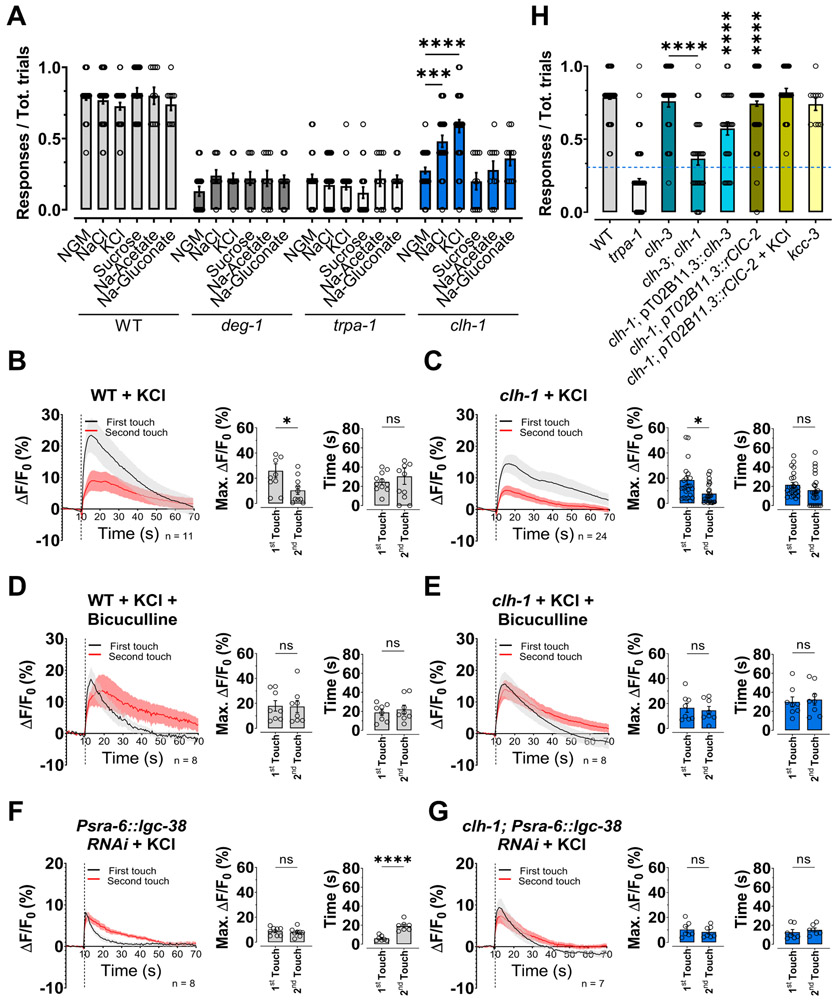Figure 5. Chloride supplementation rescues nose touch insensitivity of clh-1 knockout worms.
(A) The nose touch insensitivity of clh-1 knockout worms is partially rescued by cultivation on plates enriched with 150 mM NaCl or KCl, but not with 300 mM sucrose, or 150 mM Na-acetate or Na-gluconate. Each data point represents one worm (n= 20, 10, 20, and 10, for wild type, deg-1, trpa-1, and clh-1, respectively). Data are expressed as mean ± SEM (columns). (B-G) Left panels, calcium transients upon two consecutive nose touch stimulations in wild type (B) and clh-1(ok658) (C) worms grown in plates supplemented with KCl, wild type (D) and clh-1(ok658) (E) worms grown in plates supplemented with KCl and treated with bicuculline, and wild type (F) and clh-1(ok658) (G) worms knocked-down for lgc-38 in ASH neurons and grown in plates supplemented with KCl. Data are shown as mean ± SEM (light gray and red), with the first touch shown in black and the second touch shown in red. The number of worms tested is shown in the panels; the vertical dashed line is when the touch stimulation was delivered. Middle panels, peak percentage (%) of GCaMP-6s ΔF/F. Right panels, time constants of fluorescence decay. Individual data points are shown as open circles, averages are shown as columns. (H) clh-1(ok658) nose touch insensitivity is rescued by expression of worm CLH-3 and rat ClC-2 in AMsh glia. However, clh-3 is not per se needed for nose touch responses. The K+/Cl− cotransporter kcc-3 is also not needed for nose touch. Each data point represents one worm (n= 180, 180, 30, 30, 30, 120, 30, and 10 respectively). Data are expressed as mean ± SEM (columns). The blue dotted line represents the clh-1 knockout level (mean from Fig 1B). Statistics were calculated using two-tailed unpaired t-Test (*p<0.05) (B-G) or one-way ANOVA followed by Tukey post-test (**<0.01; ***p<0.001; ****p<0.0001) (A and H). Vertical asterisks indicate comparison with clh-1 knockout.

